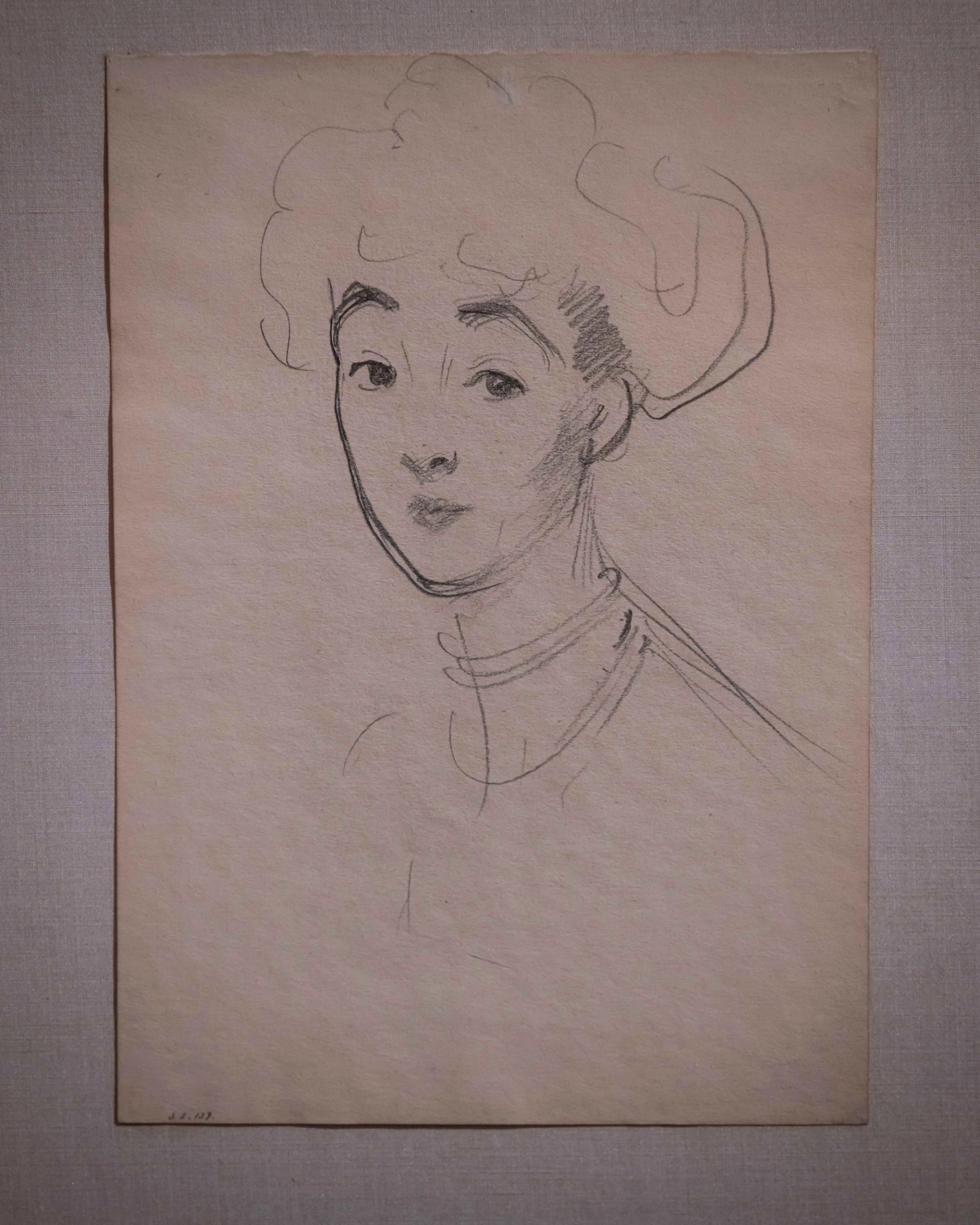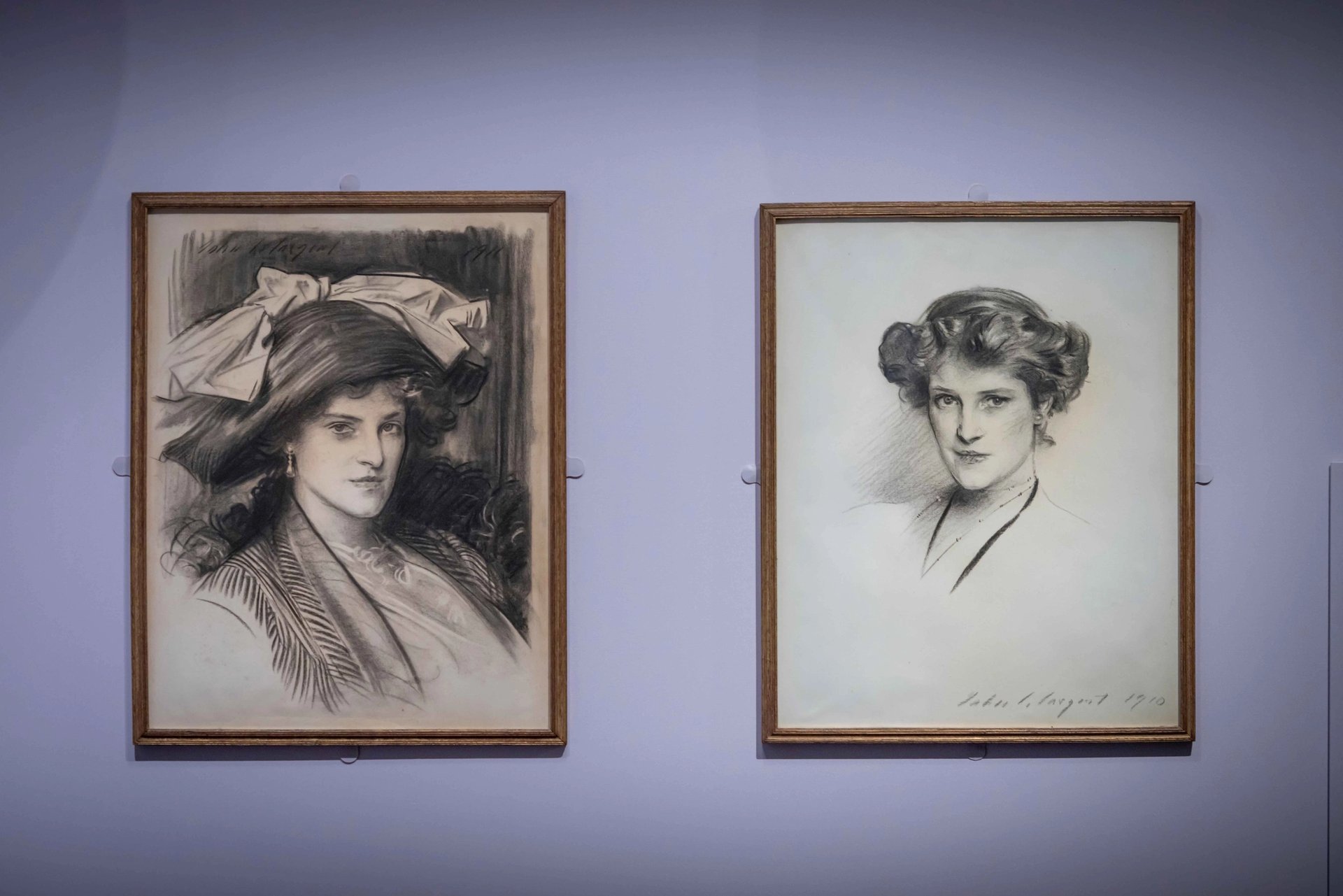John Singer Sargent exhibition in London shines a light on the lives of the ‘dollar princesses’
To mark a hundred years since the death of painter John Singer Sargent, English Heritage has put on a show of 18 portraits of American heiresses that places their lives and notable achievements at the forefront of the story.
Known as the “dollar princesses”, the women were part of the transatlantic marriage phenomenon of the late 19th century. They travelled to the UK to marry into the British aristocracy, bringing wealth with them. The cash injection from one such marriage helped restore Blenheim Palace in Oxfordshire.
Many of the dollar princesses went on to make significant contributions to British society, including Nancy Astor, who became the first sitting female Member of Parliament (MP) in the House of Commons. She held her seat of Plymouth Sutton for 25 years.
John Singer Sargent’s portrait of Nancy Astor, who became the first sitting female Member of Parliament (MP) in the British House of Commons © National Portrait Gallery, London
Another of the sitters was Dame Jessie Wilton Phipps who also had a career in politics, being elected to London County Council in 1907 and later chairing the Central Council for the London Blind.
An example of the often loveless marriages of the dollar princesses was that of Consuelo Vanderbilt, whose charcoal portrait has never been on public display until now. She was opposed to her marriage to the Duke of Marlborough and wept behind her veil on her wedding day. After the wedding the duke informed her he had only agreed to the marriage to save his ancestral home of Blenheim Palace.
Despite her unhappy marriage, the new duchess was revered by the poorer tenants on her husband’s estate and her progressive politics were reflected in her advocacy for social reforms and backing the Liberal Party’s welfare policies including free school meals, free medical checks for children and pensions for the elderly. She was also a supporter of women’s suffrage.

John SInger Sargent’s portrait of Consuelo-Vanderbilt (around 1905) who backed welfare reforms such as free school meals and was also a supporter of women’s suffrage
Photo: English Heritage
The exhibition, titled Heiress: Sargent’s American Portraits, is the first time the portraits have all been brought together in one place. Wendy Monkhouse, the curator, tells The Art Newspaper: “It is easy to simply view the [dollar princesses] as merely sitters to Sargent but here, we consider them as individuals, and their lives are described in the context of broader themes in women’s history.”
She added that the exhibition doesn’t shy away from the more troubling aspects of the portraits. She says: “We have tackled difficult and uncomfortable issues like misogyny, stereotyping and xenophobia head on, which all played a significant role in constructing the image of the American heiress in their lifetimes, and still do today. Sargent’s depiction of the women reflects the world of power and privilege they came from, but he also conveys their character, energy and vitality.’’

John Singer Sargent’s portraits of Lady Anne Innes-Ker with and without hat– (1910 and 1911)
Photo: English Heritage
Sargent, an ex-pat American who lived and travelled across Europe, was the most sought-after portraitist of the Gilded Age. A Sargent commission was the perfect accompaniment for these new Anglo-American marriages, demonstrating the status, wealth and power that came with combining American new money and British nobility.
The portraits, a mixture of oil and charcoal sketches, are on display at Kenwood in Hampstead, London until 5 October. Jenny Abramsky, the chair of the Friends of Kenwood, said in a statement: “Art is at the heart of what we do, and being able to bring such outstanding art to Kenwood in Sargent’s centenary year reinforces our confidence in the future of Kenwood as a uniquely valuable asset for English Heritage and the wider community.”




